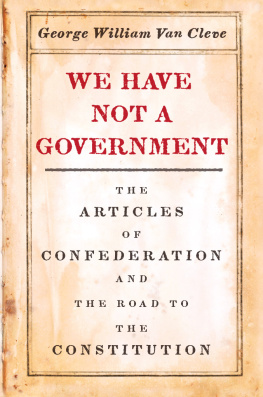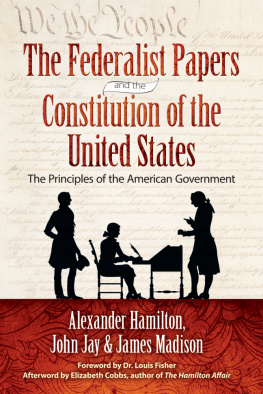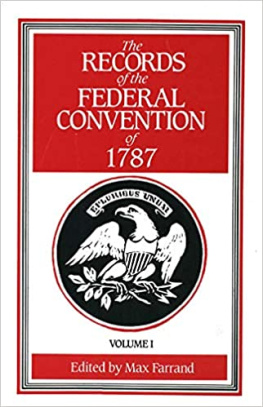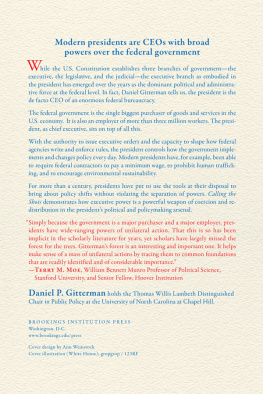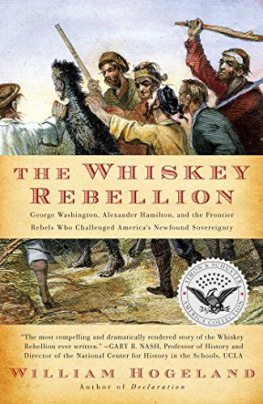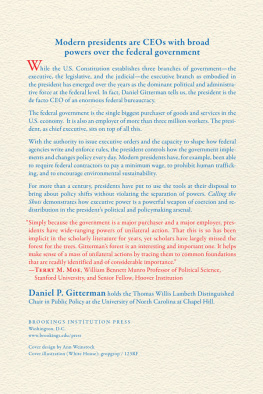| 1747 | Daniel Shays born, second child of six, first son, on Saddle Hill farm in Hopkinton, Massachusetts, to Patrick Shea and Margaret Dempsey. |
| 1748 | June 16: Abigail Gilbert born in Brookfield, daughter of Sergeant Jonathan Gilbert; Orphaned in 1760. |
| 1766 | The Great Rebellion against the feudal land barons in Duchess Country, New York. |
| 1766 | Green Mountain Boys oppose New York real estate speculators claims to the Wentworth Grants in what is now Vermont. |
| 1767 | South Carolina Regulators impose law and order in the absence of government authority or support. |
| 1771 | North Carolina Regulators organize resistance to unjust local authorities; North Carolina Governor Tryon leads an army to suppress them; a shootout at Alamance Creek (May 16) kills nine on each side; Regulators are arrested and seven are executed later. |
| 1772 | September: Daniel Shays marries Abigail Gilbert; with his dowry, Shays buys sixty-eight acres in Shutesbury, then an additional six acres in 1773. |
| 1773 | January: First son born, Daniel Jr. |
| 1774 | Farmers in all the Massachusetts towns west of Boston defy the Crowns Massachusetts Government Act, and assert local control by forcing the kings agents to resign their commissions or flee, making Massachusetts functionally independent two years before the Declaration of Independence. |
| Shayss daughter Lucy born |
| 1775 | April 19: Confrontations at Lexington and Concord push Massachusetts to a state of war. |
| Shays marches to Boston after Lexington, enlists in Reuben Dickinsons regiment; recognized for bravery at the Battle of Bunker Hill. |
| 1776 | July 4: The thirteen colonies declare their independence from Great Britain. |
| Shayss daughter Hannah Margaret born. |
| 1777 | Vermont is established as an independent republic. |
| Shays promoted to commissioned rank of captain while recruiting along the Hudson River. |
| 1777 | Shays serves at the battles of Ticonderoga (July, colonial defeat) and Saratoga (SeptemberOctober, victory), where the Continental army defeats British General John Burgoyne, turning the tide of the war by making French support possible. |
| 1779 | July 16: Battle of Stony Point on the Hudson River; Shays is among the colonials who dislodge the British from a fortified hill on the Hudson, ending their attempt to divide New York and New England. |
| Redcoats sail south in December, ending the northern war; many Massachusetts regiments return home. |
| 1780 | John Hancock elected the first governor of Massachusetts; Massachusetts barely ratifies the aristocratic state constitution drafted by James Bowdoin, John Adams, and Samuel Adams. |
| October 14: Shays honorably discharged in Newark, New Jersey. |
| 1781 | October 19: British surrender at Yorktown. |
| 1782 | March 9: Shays selected to lead Pelhams committee of safety as one of the four heads of the local militia. |
| AprilAugust: Reverend Samuel Ely leads widespread protests in Massachusetts against taxes that were levied to fund lump sum payments to retired officers for five years pay. |
| 1783 | March: Collapse of the Newburgh Conspiracy, in which Continental Army officers threatened a coup if they were not paid their bonuses; retired officers led by Henry Knox establish the Society of the Cincinnati, which continues to lobby for privileges for officers; critics say they are trying to create an American aristocracy. |
| 1783 | September 3: Treaty of Paris formally ends the Revolution, granting America its independence. |
| 1784 | January: British ministers pass Navigation Acts closing the West Indies to American shipping, precipitating a financial crisis in all thirteen states. |
| 1785 | May: James Bowdoin elected governor, passes austerity measures, raises taxes. |
| 1785 | September: The federal government sends demands to the states for payment on the war debt. |
| 1786 | March: Massachusetts levies 29,000 pounds of direct specie taxes, 70 percent of which will repay government creditors at full value on depreciated bonds and soldiers notes; Massachusetts towns petition for reforms. |
| AprilMay: Rhode Islands Country party defeats the Mercantile Party, enacts economic reforms including printing paper money; farmers in Maryland and Pennsylvania stage protests and win concessions from theirstates governments to depreciate debts and issue paper money; Governor Bowdoin settles claims against his lands in Maine, selling off hundred acre plots at nominal prices, but still refuses to resolve the deepening crisis. |
| June: Farmers in Bristol County, Massachusetts, try but fail to stop their county court from meeting to hear suits for debt and foreclosure. |
| July 18: The General Court ignores the peoples petitions and adjourns without issuing reforms, precipitating emergency meetings in Pelham and other western Massachusetts hill towns. |
| August 2225: Delegates from fifty Hampshire County towns discuss remedies at the Hatfield Convention. Shays declines the invitation to lead the Regulators in their first protests in Northampton. |
| August 29: 1,500 Massachusetts Regulators under Luke Day close the Northampton Court of Common Pleas without violence. |
| September 2: Governor Bowdoin issues a proclamation stating that the nonviolent protestors have introduced riot, anarchy, and confusion into the state, and asserts that the protests will lead to absolute despotism. |
| September 513: Hundreds of Regulators close regional foreclosure courts in Worcester, Concord, Taunton, and Great Barrington. In Great Barrington, Justice William Whiting asks the militia to show their loyalties: 800 of the 1,000 militiamen take the peoples side of the road. |
| September 19: Worcester Supreme Judicial Court issues arrest warrants for protest leaders. |
| September 21: New Hampshire Governor Sullivan suppresses protests in Exeter in a showdown that comes to be known as the Paper Money Riot. |
| September 2527: Shays recruited to lead the Regulators, assumes responsibility for 2,000 men, and keeps the peace while closing the Springfield Supreme Judicial Court without violence; judges cancel their Berkshire session as well. |



